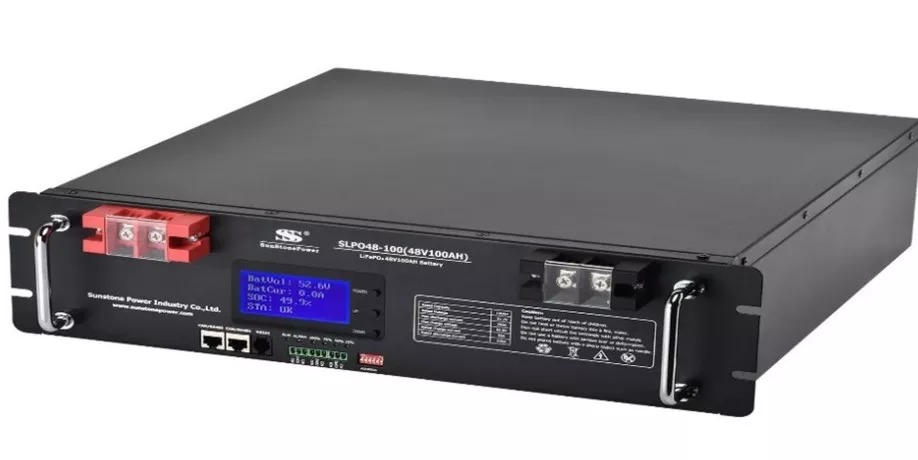Lithium batteries have become the preferred choice for home solar energy storage. However, improper installation or usage can lead to safety risks, including thermal runaway and fire hazards.
Why Lithium Batteries Are Ideal for Solar Systems
Lithium batteries, particularly lithium iron phosphate (LiFePO4 or LFP), offer several advantages over traditional lead-acid batteries:
- Higher efficiency (90–95% round-trip efficiency vs. 75% for lead-acid)
- Longer lifespan (10+ years or 10,000 cycles vs. 5 years for lead-acid)
- Greater depth of discharge (DoD) (80–100% usable capacity vs. 50% for lead-acid)
- Lower maintenance (no watering or venting required)
Despite these benefits, safety precautions are essential to prevent overheating, fire, or system failure.
Key Safety Considerations for Lithium Solar Batteries
1. Choose the Right Battery Chemistry
- Lithium Iron Phosphate (LiFePO4) is the safest lithium chemistry for home use, with minimal fire risk compared to lithium-ion (Nickel Manganese Cobalt – NMC) batteries
- Avoid used or untested batteries
2. Proper Installation & Location
- Install in a cool environment (ideally +/-25°C ) to prevent overheating
- Avoid direct sunlight or extreme cold, which can degrade battery life
- Use fireproof enclosures (e.g., steel or cement-board boxes) for added safety.
- Maintain proper ventilation to dissipate heat and prevent gas buildup
3. Thermal Runaway
Thermal runaway is a dangerous chain reaction inside a lithium battery where excessive heat causes uncontrollable temperature increases, leading to fire or explosion. This occurs when internal heat generation exceeds the battery’s ability to dissipate it, creating a self-sustaining cycle of rising temperatures.
Thermal runaway occurs when internal heat generation exceeds dissipation, leading to fires or explosions. Causes include:
- High ambient temperatures (above 25°C)
- Overcharging or electrical shorts
- Physical damage (e.g., punctures or drops)
- Inadequate ventilation
Mitigation strategies:
- Install batteries away from flammable materials.
- Disconnect and replace damaged batteries immediately
5. Emergency Preparedness
- Have a fire suppression plan (e.g., Class D fire extinguishers for lithium fires)
- Keep batteries away from living spaces—outdoor or detached storage is ideal
- Train household members on emergency procedures (e.g., evacuation, shutting off power)
Best Practices for Long-Term Safety
- Schedule professional maintenance to check connections, wiring, and battery health
- Avoid DIY modifications—hire trained installers familiar with lithium systems
- Follow manufacturer guidelines for charging/discharging to maximise lifespan
Conclusion
Lithium batteries are a reliable and efficient choice for home solar storage, but safety must be prioritised.
By selecting the right battery type, ensuring proper installation, monitoring performance, and preparing for emergencies, homeowners can enjoy the benefits of solar energy without unnecessary risks.
Always consult trained professionals for installation and maintenance to ensure compliance with local codes and safety standards.



Back to top